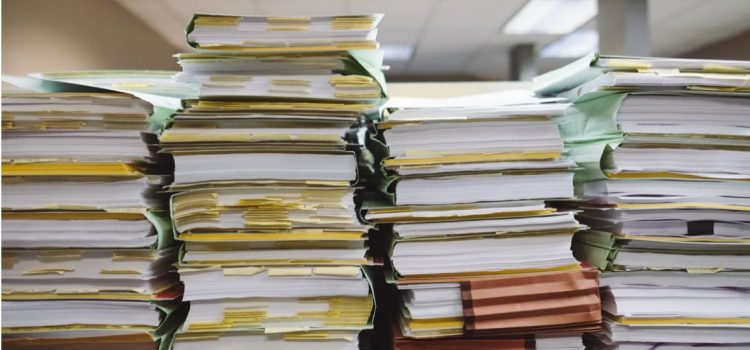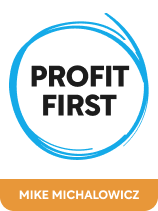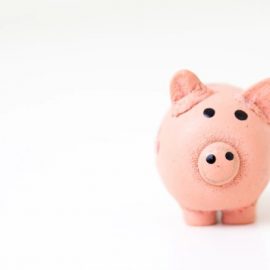

This article is an excerpt from the Shortform book guide to "Profit First" by Mike Michalowicz. Shortform has the world's best summaries and analyses of books you should be reading.
Like this article? Sign up for a free trial here .
Do you own a small business? How can you determine your small business tax percentage?
In his book Profit First, Mike Michalowicz provides three methods for determining your ideal tax percentage as a small business owner. The tax percentage should not only cover your business taxes but your personal taxes as well.
Here’s an overview of the three methods.
Finding Your Ideal Tax Percentage
Michalowicz emphasizes that your small business tax percentage should be enough to cover both your business’s taxes and your personal income taxes. Paying your personal taxes with your business’s money, he says, is part of the financial freedom that all business owners want. Michalowicz provides three methods for determining your ideal tax percentage, all of which are relatively simple.
1. Use Past Tax Records
Add the amount paid on your business and personal taxes together, then divide that number by your adjusted revenue. Do this using documents from the last three years to get an idea of your ideal tax allocation percentage.
2. Use Current Tax Liability
Alternatively, an accountant can calculate your year-to-date personal and business tax liability, which you can add together then divide by your year-to-date adjusted revenue.
3. Use Your Taxable Income
Finally, you can also add your personal income and your business’s profits together, then multiply that number by the tax rate of someone in your income bracket. Then, divide that number by your adjusted revenue to get a rough estimate of your ideal tax allocation percentage.
| Knowing What Taxes You Pay When Michalowicz refers to “your business’s taxes,” he can be referring to a number of possible taxes depending on what your business does and where it’s located. The IRS provides a list of taxes a small business might have to pay. Here’s a brief explanation of what these taxes (besides income tax) are, as well as which businesses might have to pay them: Self-employment tax: This is a Medicare and social security tax for the self-employed, and all small business owners not subject to exemptions have to pay it. Employee tax: A tax on the money you pay your employees, if you have any. Sales tax: Depending on where you live and which products or services you provide, you may have to pay sales tax on each sale you make. Excise tax: This is a group of many different taxes on different kinds of products, businesses, or equipment. Examples include taxes on motor fuel, coal, or indoor tanning. Check with your accountant to see which of these taxes you may or may not owe. |

———End of Preview———
Like what you just read? Read the rest of the world's best book summary and analysis of Mike Michalowicz's "Profit First" at Shortform .
Here's what you'll find in our full Profit First summary :
- Why traditional business accounting methods don't work
- How to use the Profit First method to increase your business’s profitability and stability
- How to assess your business's current financial health






